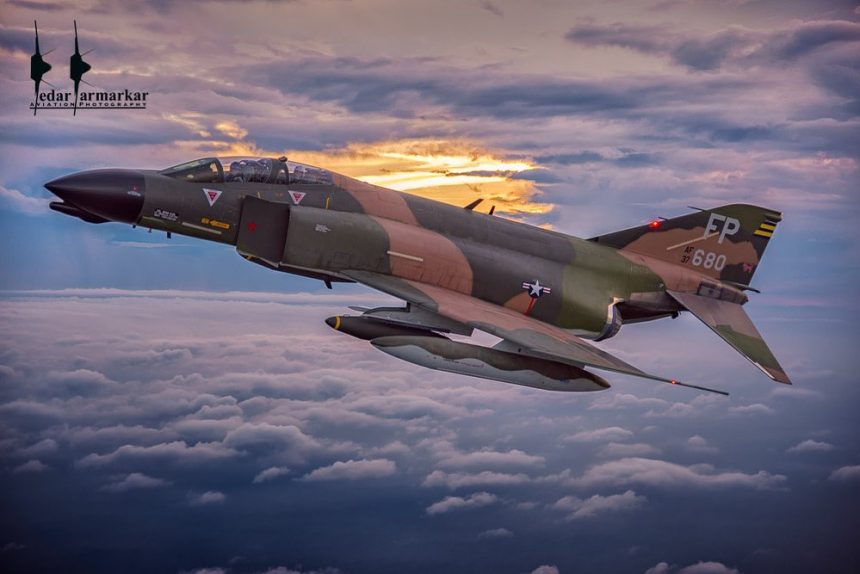From Major Aviation Magazines to Social Media, Karmarkar Built a Dynasty of Remarkable Images.
His photos have appeared on the cover of almost every major military aviation magazine. His unique style of aviation action photography is featured on numerous calendars. He recently published his own book. Millions of people have “Liked” his images across social media and nearly 10,000 people “Like” and follow his Facebook page. An incredible, nearly 40,000 people follow him on Instagram under his “Kedarsclix” account.
He is master aviation photographer Kedar Karmarkar.
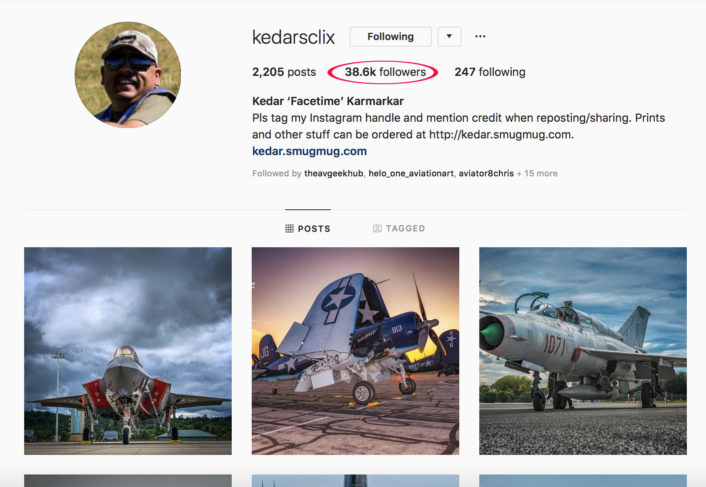
After a few years of narrowly missing each other, we had a few minutes to sit down with Top Gun aviation photographer Kedar Karmarkar for an interview at the recent Thunder Over Michigan Airshow at Willow Run Airport in Ypsilanti, Michigan two weeks ago on August 3-4, 2019. Karmarkar shared his insights on aviation photography and the evolving business of aircraft media.
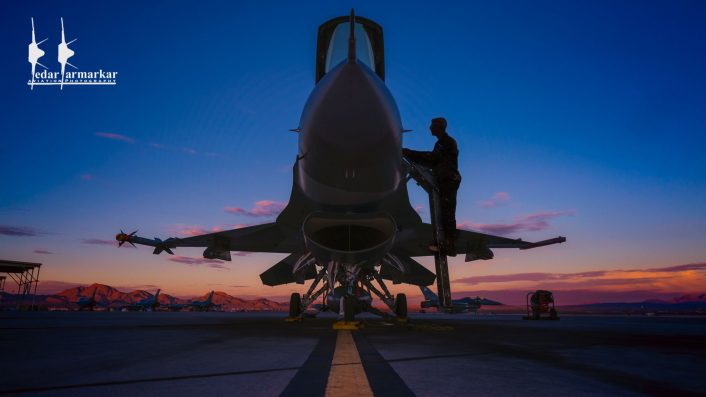
(Photo: Kedar Karmarkar)
“I remember I always had the military aviation bug – reading stories of the fighters tangling in the skies during WW-II, about the aces on both sides, the different fighter/bomber aircraft and missions,” Karmarkar told TheAviationist.com during an interview in the photo pit tent at Thunder Over Michigan.
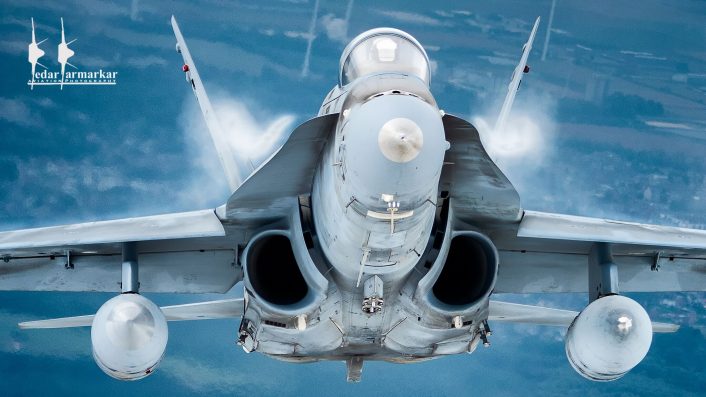
(Photo: Kedar Karmarkar)
“My parents and uncle did fuel that curiosity, gifting me books on technology, tactics and photography. Plan A was to join the Indian Air Force – well that did not work out, and I am living Plan B – which is not so bad either. Everyone needs an environment where their innate skills grow. I guess I found mine when I moved to the U.S. for work and lived in an apartment that was on the flight path of the Moffett Federal Airfield in 1999.” Karmarkar works today as an information technology professional. “In a couple of months there was an airshow there where all the fighters I had read about showed up and I was able to see firsthand what they looked like. Photographing my childhood love was ‘meant to happen’.”
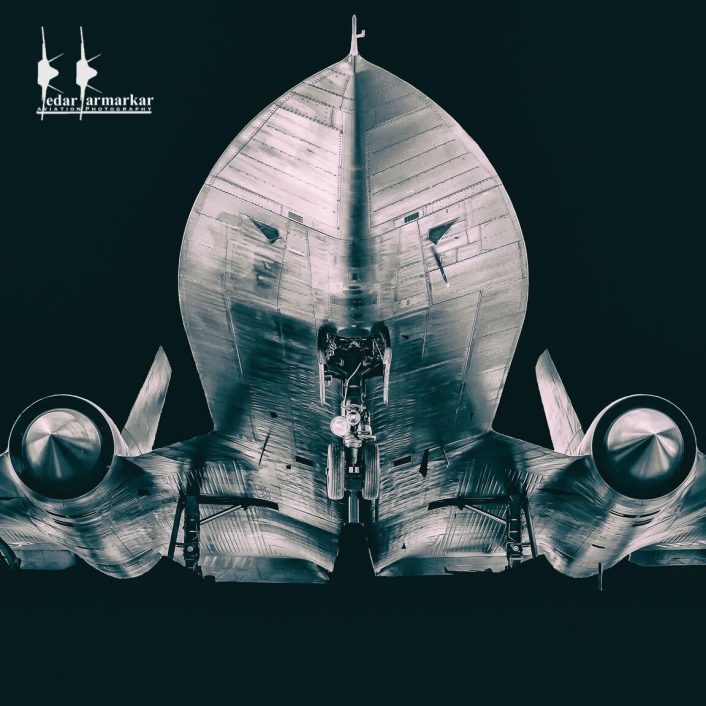
(Photo: Kedar Karmarkar)
Karmarkar’s unique photographic style can be identified through several thematic elements. He is a master of dramatic composition, often cropping his photos close to bring the viewer into the action. His has significant experience in difficult air-to-air, in-flight photo shoots, often in demanding and even dangerous conditions shooting from aircraft with open doors flying in close formation with other planes of sometimes very different (and non-complimentary) performance characteristics. He has brought a dynamic and animated aesthetic to aviation photography that instills a visual sense of speed through techniques like his masterful use of “prop blur” with propeller aircraft in flight. And Karmarkar is also an impressionist when it comes to his use of light. Nothing is off limits, often shooting directly into the sun, in partial shadow and any other fleeting, dramatic lighting element that makes his photos so “sticky” in social media, on magazine pages and calendars. Karmarkar recently published his first photo book, “Bandits of the Mojave”, an insider’s look at the Aggressor threat simulation squadron of Nellis AFB in Nevada (link at end of article).
When we asked Karmarkar what his most challenging aviation photo assignment was, he told us, “You can pick one…”
“There is one that stands out,” Karmarkar told TheAviationist.com. “We were supposed to be on the epic shoot of the Collings Foundation F-4D Phantom II at Ellington Field near Houston.” The Collings Foundation F-4D is the last F-4 Phantom II flying in the U.S. after the iconic multirole aircraft was retired from USAF service on October 25, 2016.
“We briefed everything and if I remember right the takeoff time was 1750LT, and join up was to be 1815hrs. We took off in the B-25 of the Lone Star Flight Museum close to sunset and the Phantom and the Scooter (TA-4J) were supposed to give us some lead and then take off and join up. Well, we were on station and the clock was ticking with no sign of the pair. The sky was filled with clouds and the sun started hiding behind the clouds killing the available light. After what seemed like an eternity the pair showed up and we immediately started shooting. With jets, you are more relaxed since there are no props to blur and you can shoot with faster shutter speeds but, even with aperture full wide open, I was getting low shutter speeds. It was a struggle with increasing the ISO and getting decent enough shutter speeds and time and the light. I still call it the ‘touch and go’ shoot.”
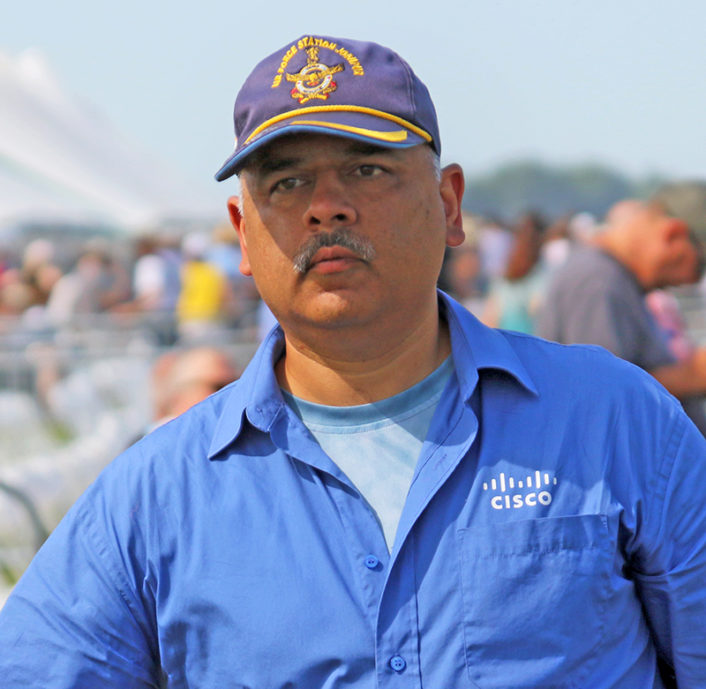
Not all of Karmarkar’s adventures involve thrilling air-to-air shoots in exotic aircraft shooting historic planes. He went on to relate this rather dreadful experience shooting photos on the ground:
“It was April or March 2015 and I was at MCAS Beaufort for the workshop on low light and night shoot organized by Tony Granata, Douglas Glover, and Matt Genuardi – the 3G Aviation Media guys. And I, like any Californian dude, showed up in a T-shirt and shorts WITHOUT any bug spray. During the day, it was ok with the heat and other activities keeping me too busy to notice. The air show ended and we hung around after sunset trying to shoot some of the Marine hardware that was on static display and that is when it was like a whole air force of sand fleas and bugs descended on top of us – and there was only one bug spray and it was running on fumes – literally. So, we were composing our shot playing with light painting, and ambient light, and there was the constant slapping by one hand on the legs, and other exposed parts of my body trying to squish the bugs that were literally sucking my blood. I had scars on my hands that remained for a very long time. But after that it was lesson learnt – any destination on the east coast – whether it be hot or cold, I am wearing full pants, and wearing a full shirt and carrying bug spray every bloody time. Suffice to say that incident left me scarred for life – I call it the ‘Blood-Fest.”
Adventure stories aside, and Kedar Karmarkar has many of them from his photo experiences shooting aviation around the world, from Russia to India to Alaska and across the U.S., we asked Karmarkar about his technical approach to photography and especially digital image processing.
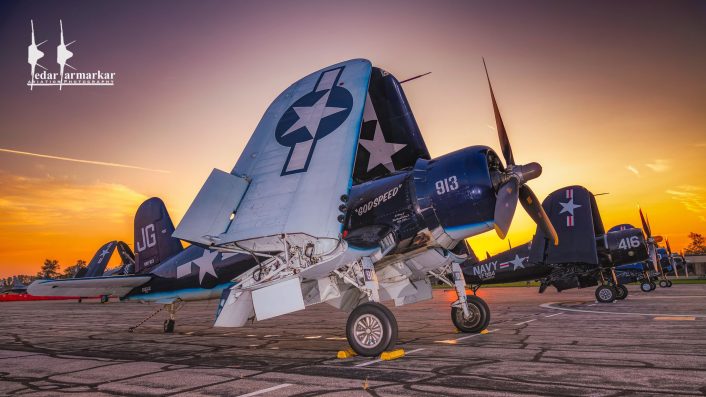
(Photo: Kedar Karmarkar)
“My post processing is as mundane as anyone’s. I do not use any pixel type manipulation, and barely use Photoshop. My main workflows are in Lightroom for basic popping of the photo, and then I go to the Nik plugins like Color Efex Pro, Sharpener, and Define. Sometimes when I want to give an artistic look to the photos I go over to Analog Efex Pro 2. For some I use Aurora HDR plugin for Lightroom. I was a bad painter back in school and could never get the paintings and color right. Guess photography builds on top of that by presenting me a picture where the base color and other things are already there and I just work from there to build the picture and adding mood to it. Sometimes I will go black-and-white if there is enough contrast or if it brings more detail than the color shot. It totally depends on my mood at the time frankly. I think I have barely scratched the surface of the post-processing software like Lightroom and Photoshop and I am constantly learning from looking at some of the work of others as well as some of the tutorials online.”
A unique feature of Kedar Karmarkar’s aviation photography is that he has a very defined visual language. It is easy to spot an iconic Karmarkar photo even without seeing a photo credit or a watermark. We asked Karmarkar how he refined his now-iconic style:
“According to me- before even pressing the button, one already has – first and foremost in his mind – an idea of what the final picture should look like. And again, since photography is an art and not a science, there is no right and wrong. Everyone has their idea of drama, atmospherics, emotion in a picture. Even a machine has emotions and with its looks, or movements evokes emotions within us. For me, it is the close-in tight framing of the subject that moves me. Bringing out detail in that, or capturing the movement if you will, are the things that my mind focuses on.”
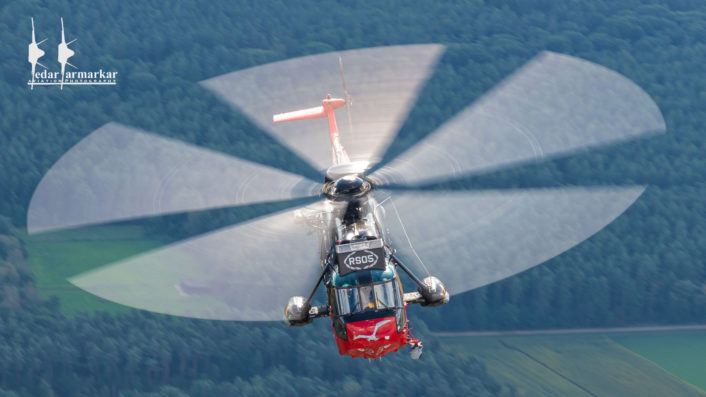
(Photo: Kedar Karmarkar)
A feature of Karmarkar’s visual approach is that it gives the viewer an opportunity to see an aircraft much better than they could see it with their own eyes, at a static display or even in a low-level flight demonstration at an air show. Karmarkar’s vision provides a unique intimacy, context and animation that add drama to his aircraft subjects. His images not only show how we see these aircraft at their best, but how we actually feel about the aircraft.
“I do shoot wide angles from time to time if the situation warrants it. If the light is right (for example sunset skies and clouds during the Sea Fury shoot in Vacaville), or is bringing out details in the background (shimmer of the water during a Hurricane shoot at Virginia Beach). I do challenge myself with low shutter speed shots during panning. When in Alaska for example at Eielson AFB, the first day of media coverage was no sun, low clouds, rain and cold so decided to practice panning ;) The sun flare is another favorite of mine. As I said there are some shots I plan for, others are more spontaneous. Plus, I am always inspired by folks I look up to like Katsuhiko Tokunaga-san, Tyson Rininger, Rich Cooper, Jamie Hunter, Paul Bowen, Scott Slocum, John Dibbs, Peter Lewis, Frank Crebas, Jose ‘Fuji’ Ramos-Navarrete among many others. The social media is ever-inspiring as well.”
When we asked Karmarkar for additional insights for new and improving aviation photographers he told us:
“The only thing I would say is go out there, have fun, and don’t stress out if the shoot does not work out for that time – this is aviation and things happen – machines break, the weather gods close in, or sometimes it is the interpretation of rules by folks on the ground – only doing their job to the best of their abilities – that prevent you from taking the shots you desired at that time. Don’t fret – enjoy the moment but persist so you can finish what you set out to achieve. It’s all about the camaraderie as well – with other like-minded photographers. The most important thing – don’t be ‘THAT guy’ that unites everyone or in other words ‘that everyone unanimously hates’ – have fun and let others have fun.”
Kedar Karmarkar’s busy schedule will once again take him to unique aviation photo opportunities around the world this year. You can see his work by “Liking” his page on Facebook, “KedarKarmarkar Aviation Photography”, @kedarkap and follow him on Instagram at “Kedarsclix”.
Link to Kedar’s latest book project, “Bandits of the Mojave” here.
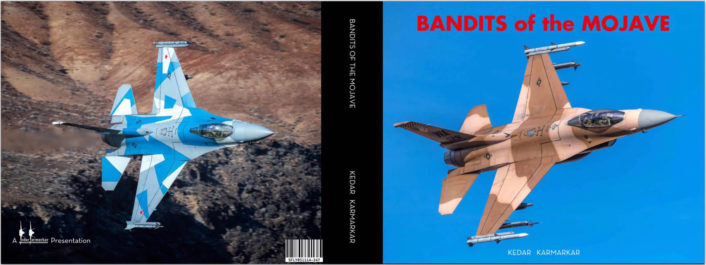
(Photo: Kedar Karmarkar)

